Founders Lodge – Where conservation meets safari in South Africa’s Eastern Cape
It’s 6 am, and I’m not at all keen to get out of bed. I drag myself out from under the warm duvet and head to the dining room to grab some coffee and make my way to the waiting game drive vehicle. We head out on our drive, warmly tucked up under blankets and with a flask of hot coffee in hand.
The early morning light shines over the reserve as our guide steers down the rugged dirt tracks of the reserve. Within what feels like minutes, we come across a breeding herd of elephants. The young calves play while the matriarch watches over them, stripping branches from a spekboom as she waits. A few decades ago, this scene would have been unimaginable. The land was overgrazed farmland, stripped of both wildlife and vegetation. But today, thanks to a bold experiment in rewilding, it’s home to the full array of safari animals, from antelope to apex predators, and has become one of the country’s most inspiring conservation success stories.
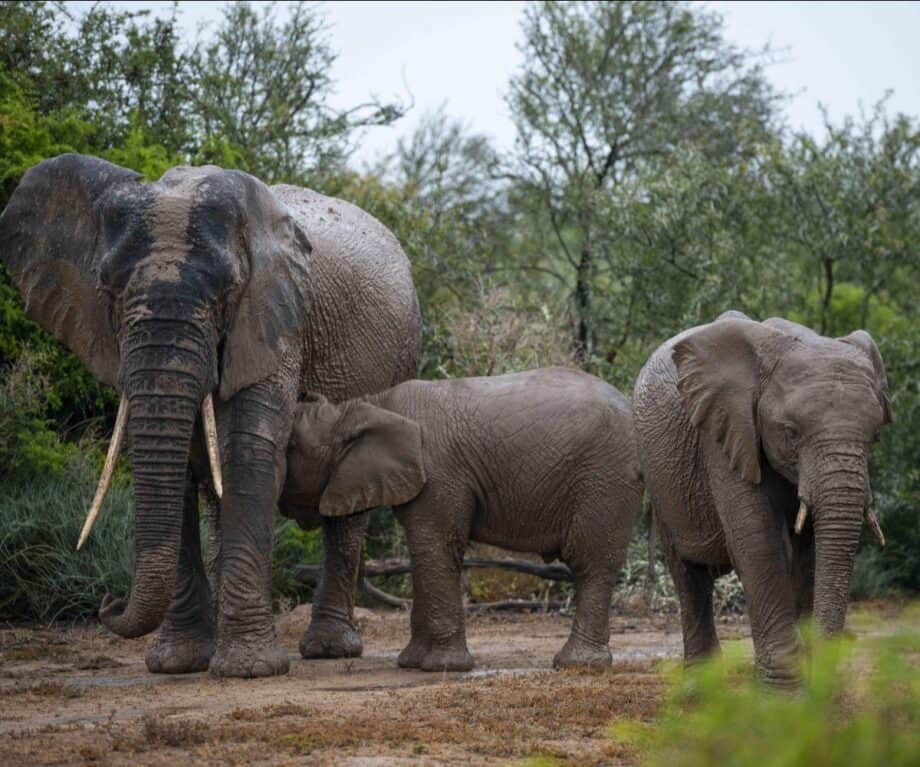
At the heart of this transformation are two properties: Shamwari Private Game Reserve and the smaller, adjacent, Founders Lodge by Mantis. Together, they represent not just a top safari destination, but also a living case study of what happens when ecology, vision, dedication, and tourism come together.

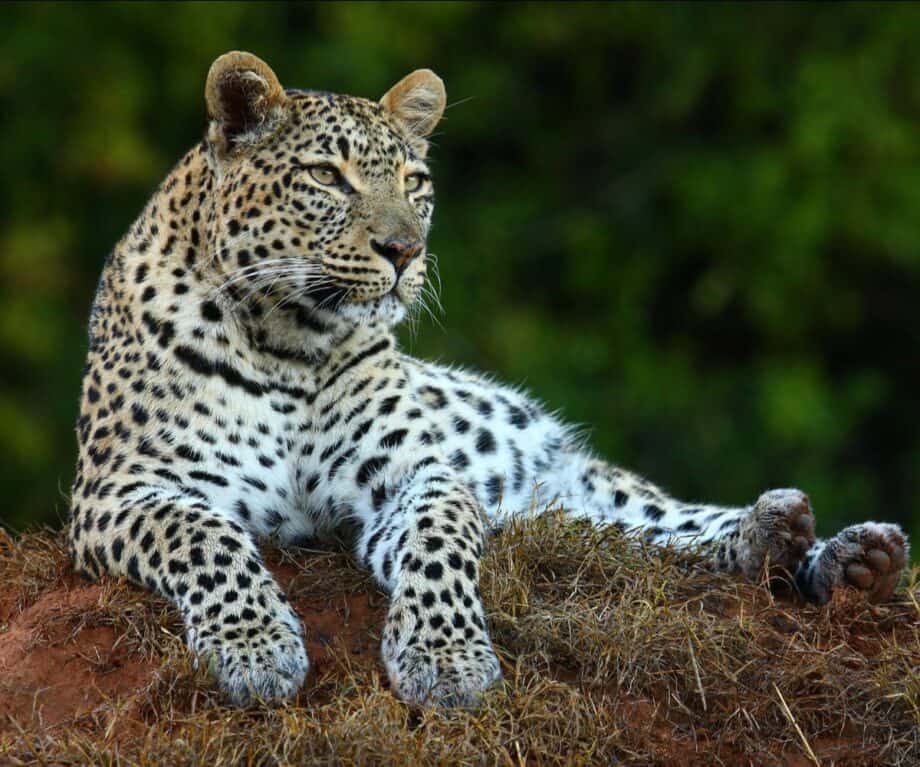
Shamwari’s story is legend in African conservation circles. In the early 1990s, farms exhausted by the overgrazing of livestock were purchased; with the plan being to restore the land. Fences came down. Grasslands and Albany thickets were nursed back to health. Then came the wildlife. Elephants, white rhinos, and hippos were the first to return, their browsing helping to regenerate the soil and disperse seeds. Black rhinos and buffalo followed. Then came predators, lion, cheetah, brown hyena, and eventually leopard. Within a decade, Shamwari had become the first Big Five game reserve in the Eastern Cape. “We wanted to show that conservation could be profitable, sustainable, and deeply human,” says Adrian Gardiner, the man behind Shamwari and Founders.
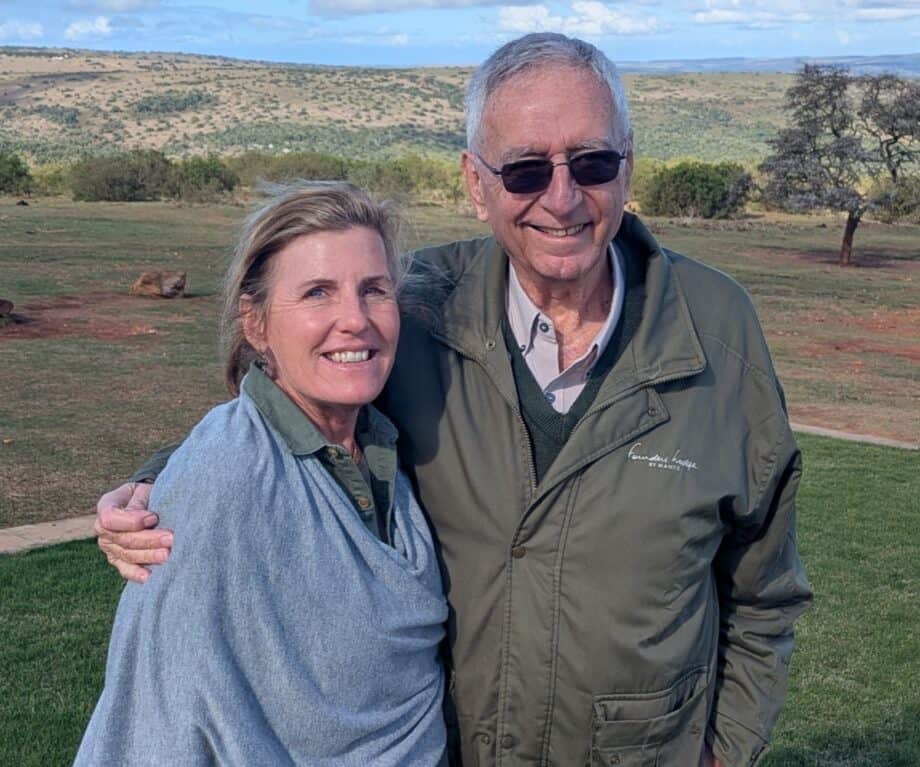
Gardiner insists he never saw this as a ‘quick fix’, nor did he see it as a short-term project. “Conservation does not have an end date. It’s a lifelong commitment,” he tells me, and the evidence is all around us. Shamwari now spans more than 60,000 hectares, and is home to healthy wildlife populations, including several endangered species. What’s more, the reserve has become a model for similar projects across the province. Shamwari’s success has inspired neighbouring landowners to rewild, too; creating a corridor of wildlife reserves where once there was only farmland.

Founders Lodge represents a more personal side to this story. Originally Gardiner’s family home, the lodge sits on 400 hectares of rolling hills, adjacent to the Shamwari reserve. Today it operates as a boutique eco-lodge, with seven suites, plus a 5-berth restored railway carriage, perched on a hill a short distance away.
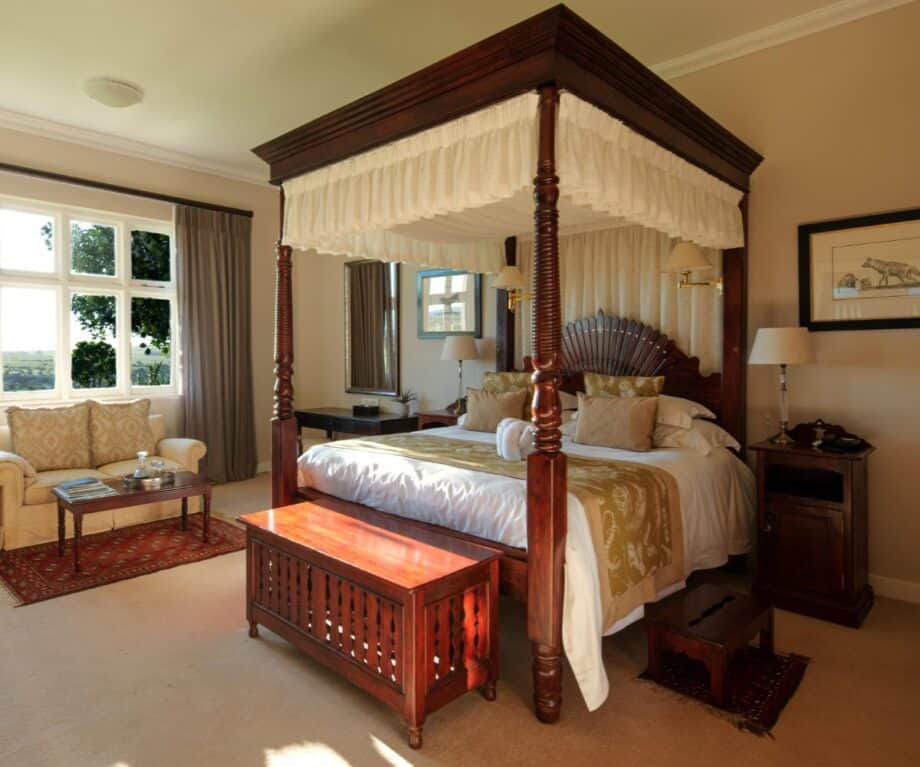
The main building retains a classic farmhouse feel, with wide verandas, stone walls, and open lawns. The outdoor fire pit and shaded terrace invite sun-soaked lunches and quiet evenings sitting out under the stars, while the swimming pool and gym give you a place to stretch your body between game drives. What sets the lodge apart, however, is not just its design or décor, but rather its direct link to the wider Shamwari landscape and the conservation journey that began here.

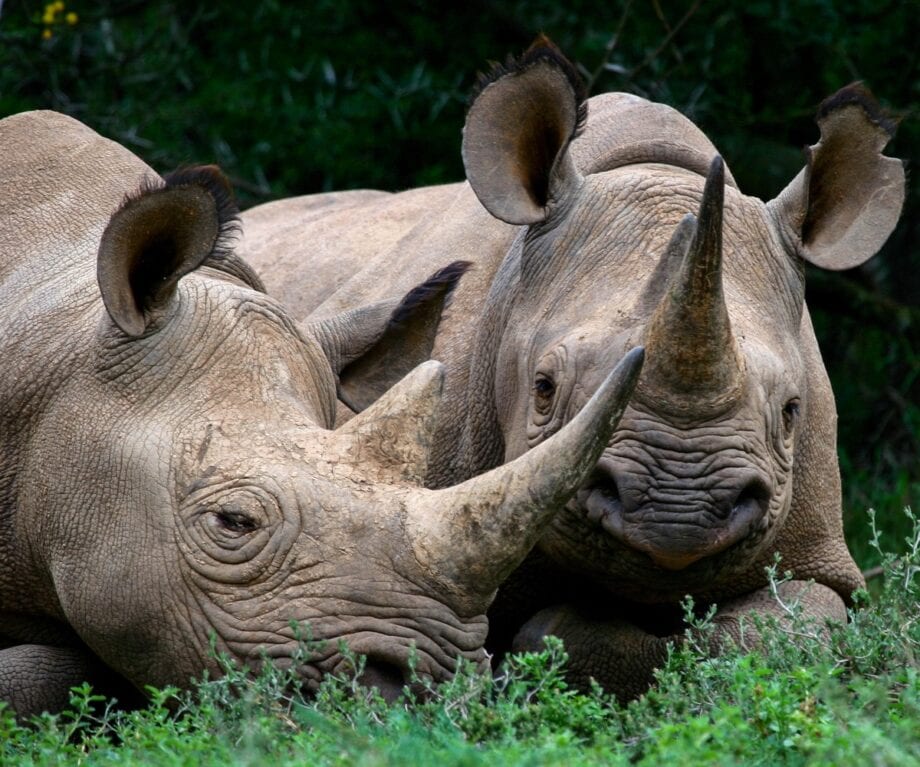
Back at Founders, after our morning game drive, I sit on the verandah outside my room. I can see rhinos grazing just a few metres away, the only thing between us, a knee-high electric fence. Over the years Founders has become a sanctuary for rhinos, with many of the rhinos here being survivors of the horrific poaching trade – indeed, some still carry bullet fragments in their bodies. Poaching remains a constant threat, and both reserves invest heavily in round-the-clock monitoring, dehorning programs, and anti-poaching units. So seeing them here, grazing so peacefully, is wonderful.
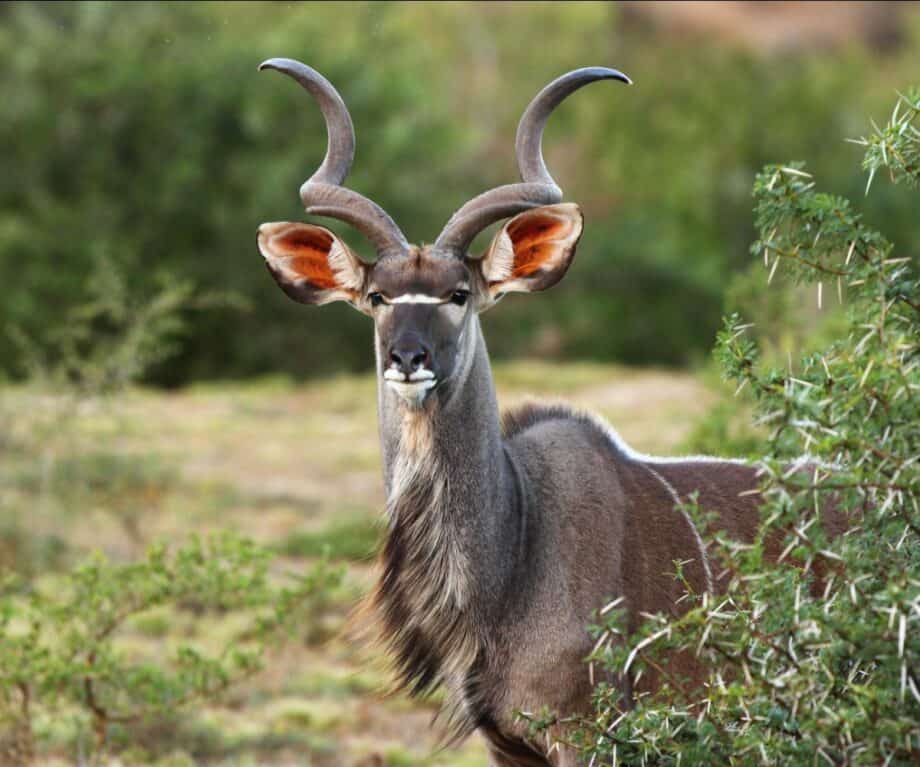

Beyond the lawn and the rhinos, but within the lodge’s grounds, zebras graze, and in the distance I can see a magnificent male kudu, with his stunning corkscrew horns. After lunch I head to the underground photographic hide, positioned at the lodge’s waterhole. I’m just in time to see a giraffe bending awkwardly down to drink. Shortly afterwards, a rhino and her calf arrive for a mud bath and general wallow in the waterhole.
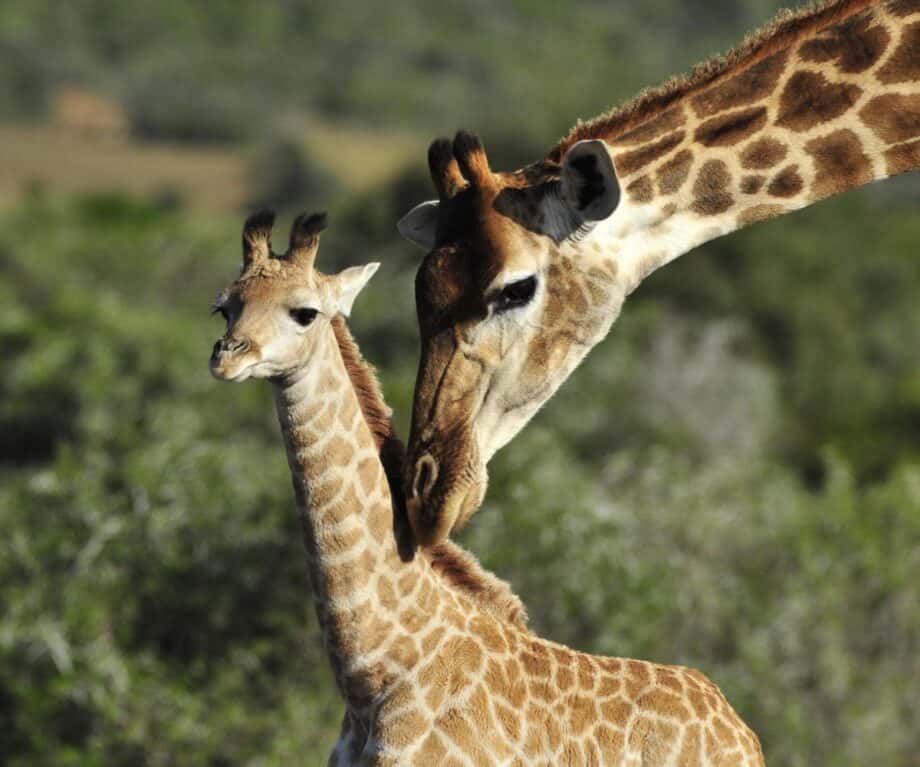

Afternoon comes, and we head out on another game drive. The distinctive roar of a lion reverberates from somewhere in the reserve. We head in the direction of the sound, one synonymous with the African bush, and after many twists and turns, and a detour past a cheetah who’s using the top of a termite mound as a lookout point, we’re rewarded with the sight of a thick-maned male lion patrolling his territory, and announcing his presence for all to hear. We sit and watch for a while, transfixed by the size and strength of this powerful predator.


What makes both Shamwari and Founders unique though, is that game drives here are not just about ticking lists of animals seen. Yes, the ‘Big Five’ are here, but what’s special about this place is that it’s more than just the animals, it’s the entire story behind the reserve – the removal of the fences, the regeneration of the vegetation, the reintroduction of the wildlife. Community partnerships are also central to the model. Right from the beginning, both Shamwari and Founders have prioritised training and employing local people, along with supporting local schools and running conservation education programmes. This has shifted attitudes towards wildlife. What was once seen as competition for land is now a source of livelihood and pride.

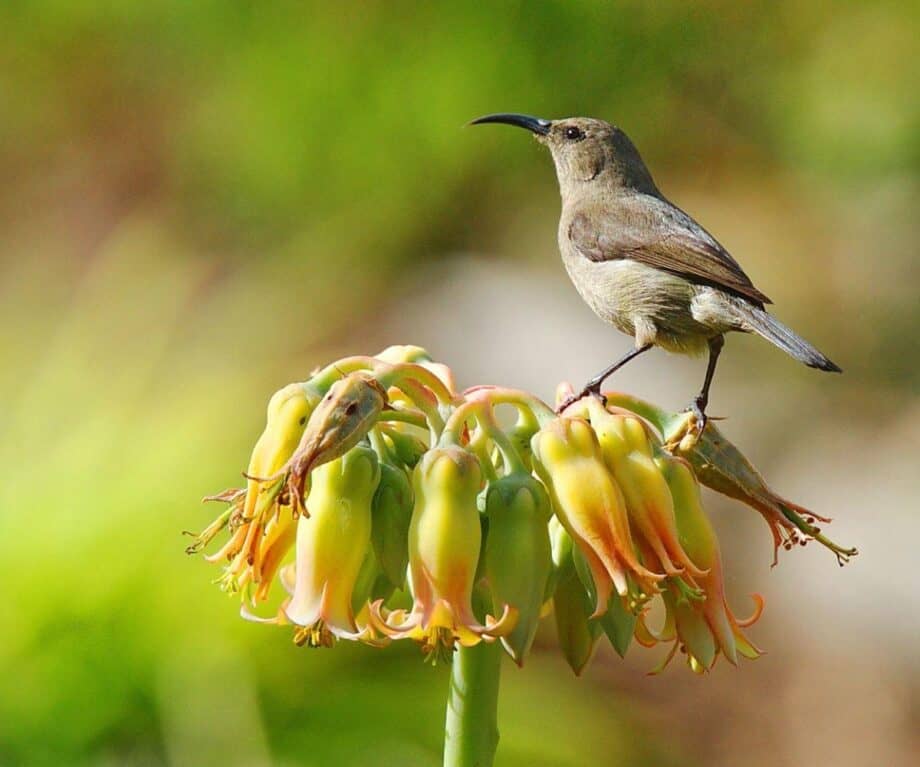
Today, South Africa’s Eastern Cape is firmly on the safari map. Once overlooked in favour of Kruger or KwaZulu-Natal, it now offers a malaria-free safari experience, milder weather, and a landscape that’s been completely regenerated. Shamwari has become a global name, welcoming celebrities and conservationists alike, while Founders offers a smaller-scale, but still very personal way to connect with the same legacy.
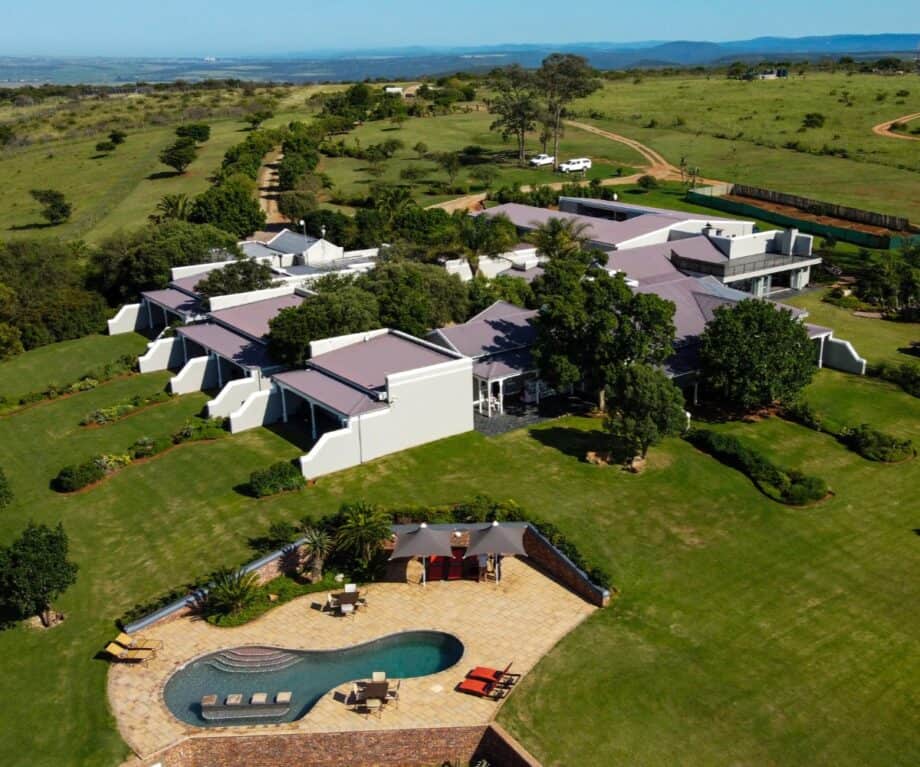
Practical information
Founders Lodge by Mantis is located in South Africa’s Eastern Cape, around 75km from Port Elizabeth (Gqeberha) airport, which is well connected to Johannesburg and Cape Town. The region is malaria-free, making it great for families, and private use options are available for multi-generational families or small groups.
Did you enjoy this article?
Receive similar content direct to your inbox.

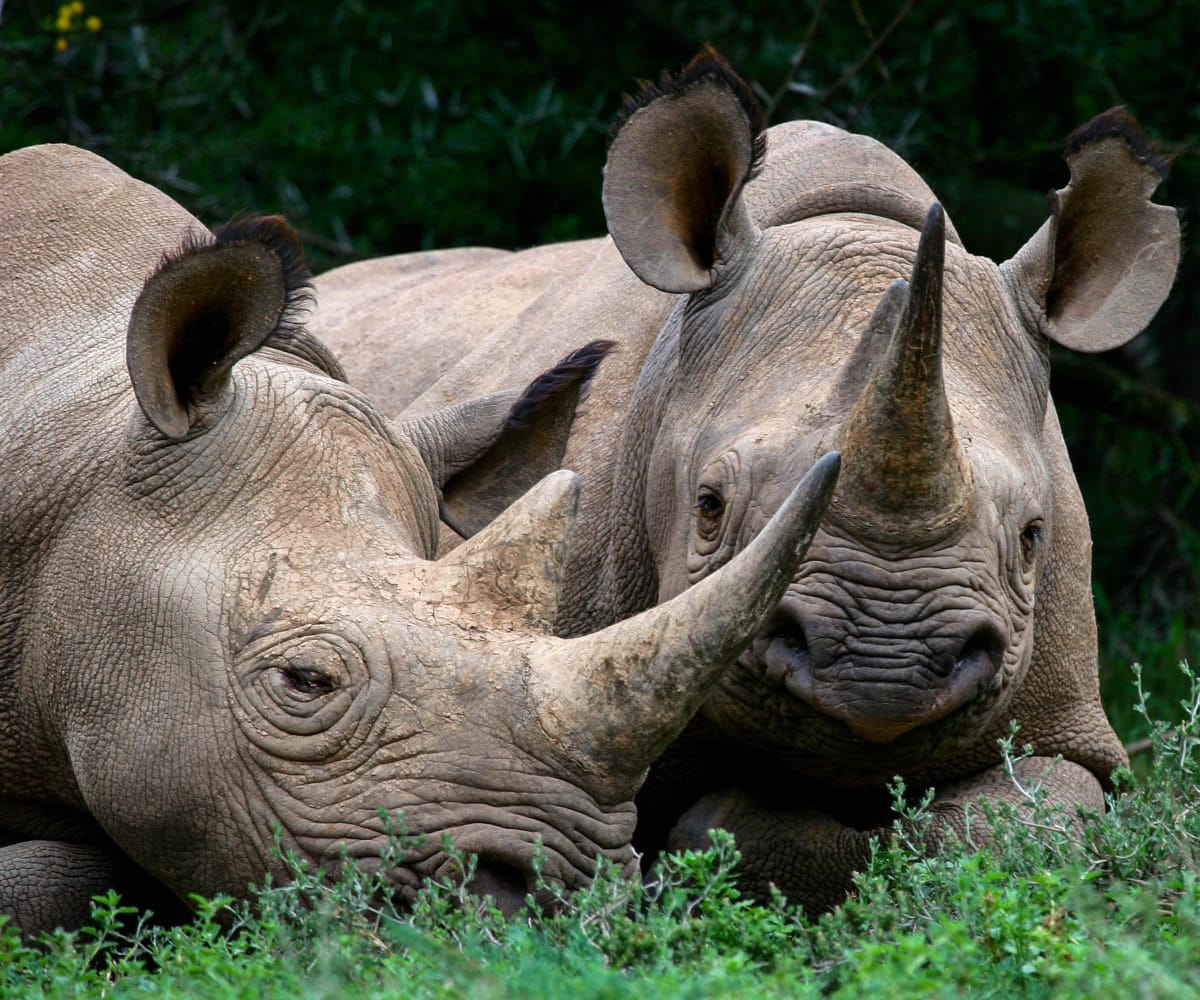
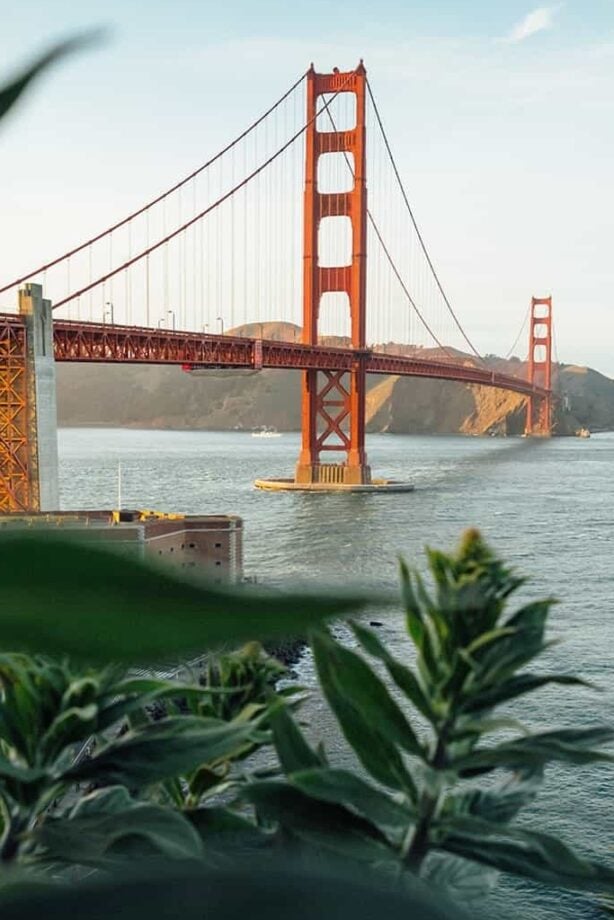
Another great advantage to Founder’s Lodge, having been there, is that it’s around an hour’s drive from Port Elizabeth airport (apologies for not even attempting to spell its new unpronounceable name which looks like a bad Scrabble hand.)
I’ve arrived at some of the Kruger safari lodges exhausted from the journey to get to them and then you really don’t want a 6am start …
Great collection of photos. You captured far more wildlife than I did on my only safari.
The fact that it’s a malaria free environment is a big attraction for me.
Amazing vision from Gardiner to come up with a rewilding plan this ambitious and plenty of wisdom too in knowing that on a project on this scale there wasn’t any end date.
It makes me wonder whether there should be a Nobel prize available to reward this sort of endeavour.
I don’t want to sound too much like that renowned “Reluctant Traveller” Eugene Levy but how far away from the main lodge is that restored railway carriage?
Part of me thinks that it would be a great place to stay but there are some doubts in my mind. Do you have to walk to your meals, with company from lions and rhinos, or do they come and collect you in a vehicle? Or do they deliver the meals to the carriage?
Having an underground photographic hide on the site is a real bonus. I’ve always wanted to try my shutter-finger at wildlife photography. It sounds as if you don’t need endless patience either as you didn’t have to wait days to get the picture of the rhino and her calf.
A safari is still on my bucket list. I need some serious saving to tick that one off.
You must have a much better chance of seeing rhinos here than you would at other safari lodges.
You’ve hit the nail on the head when you say it’s 6 am and that you don’t want to get out of bed; safaris are tiring, especially if you are jet lagged after a long flight.
Then you’ve got to do it all over again at sundown. If you can train yourself to take a nap early afternoon you’ll be all the better for the rest.
I remember reading a great piece on this rewilding project and being impressed by the detailed planning required. It simply isn’t a matter of stocking it with The Big Five. It’s such a carefully balanced eco-system that they had to get the minutiae right, even introducing the elephant dung beetles.
Sheer envy. I’ve done around half a dozen safaris and never seen a cheetah.
Once, a guide tried to persuade me that I could see the ears of a cheetah about half a mile away poking up from some tall grass. His eyesight was on a different level to mine. I couldn’t see anything and still argue that I’ve never seen a cheetah.
This is such a great story on so many levels. It must be so exciting and stimulating to experience all this at first hand.
When I visited a few years ago, they had a blind rhino who they kept in a pen for his own safety. I fed him some tender branches by hand. The hope was that they would find a female for him to mate with. Do you know if that rhino is still there or did they manage to find him a new home with female company?